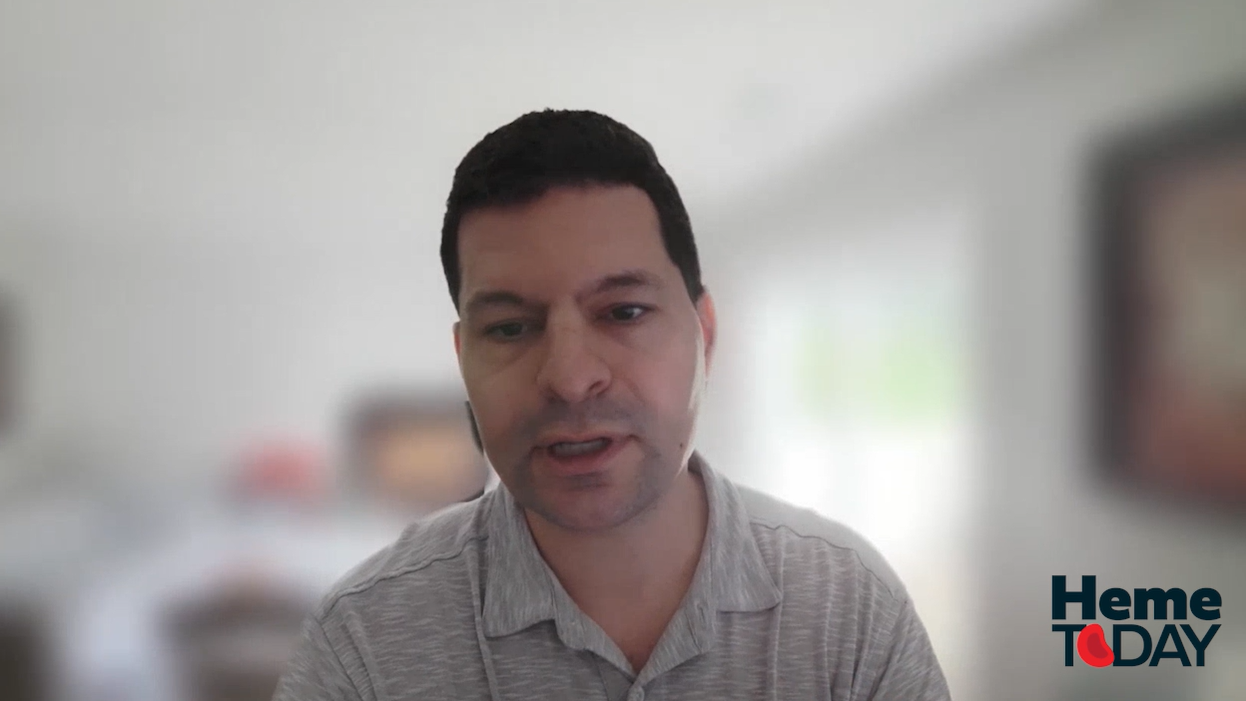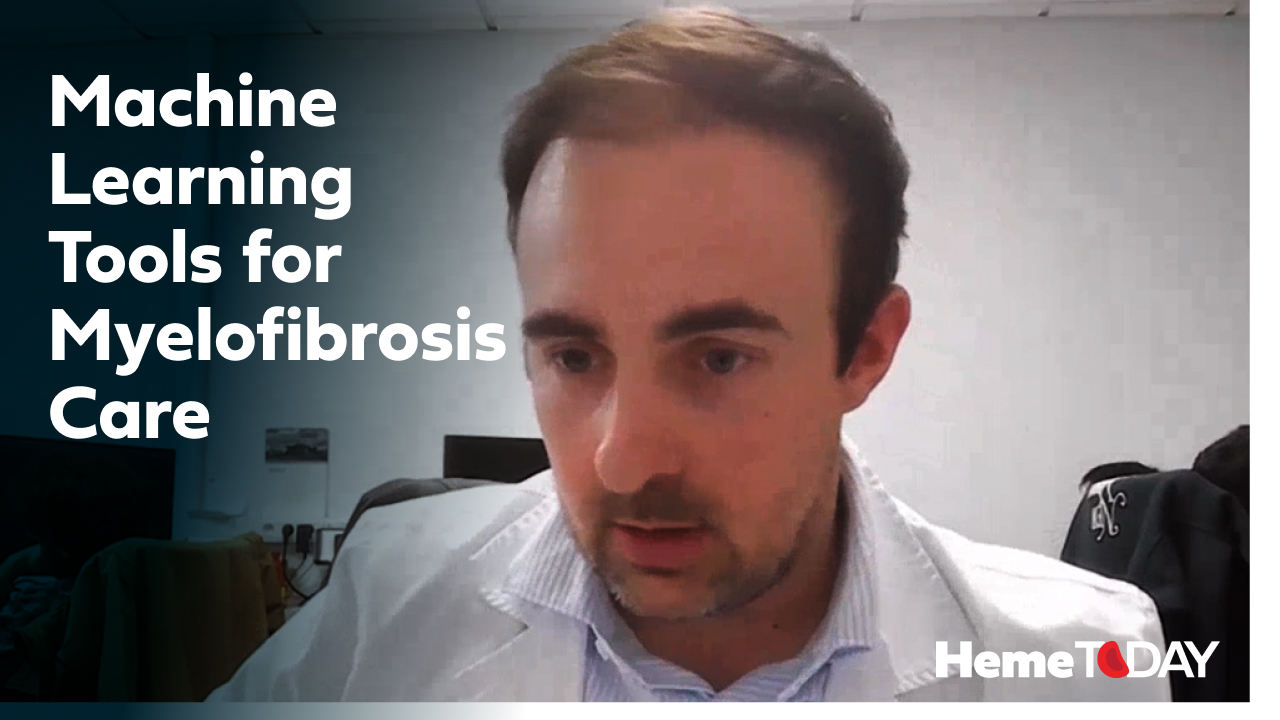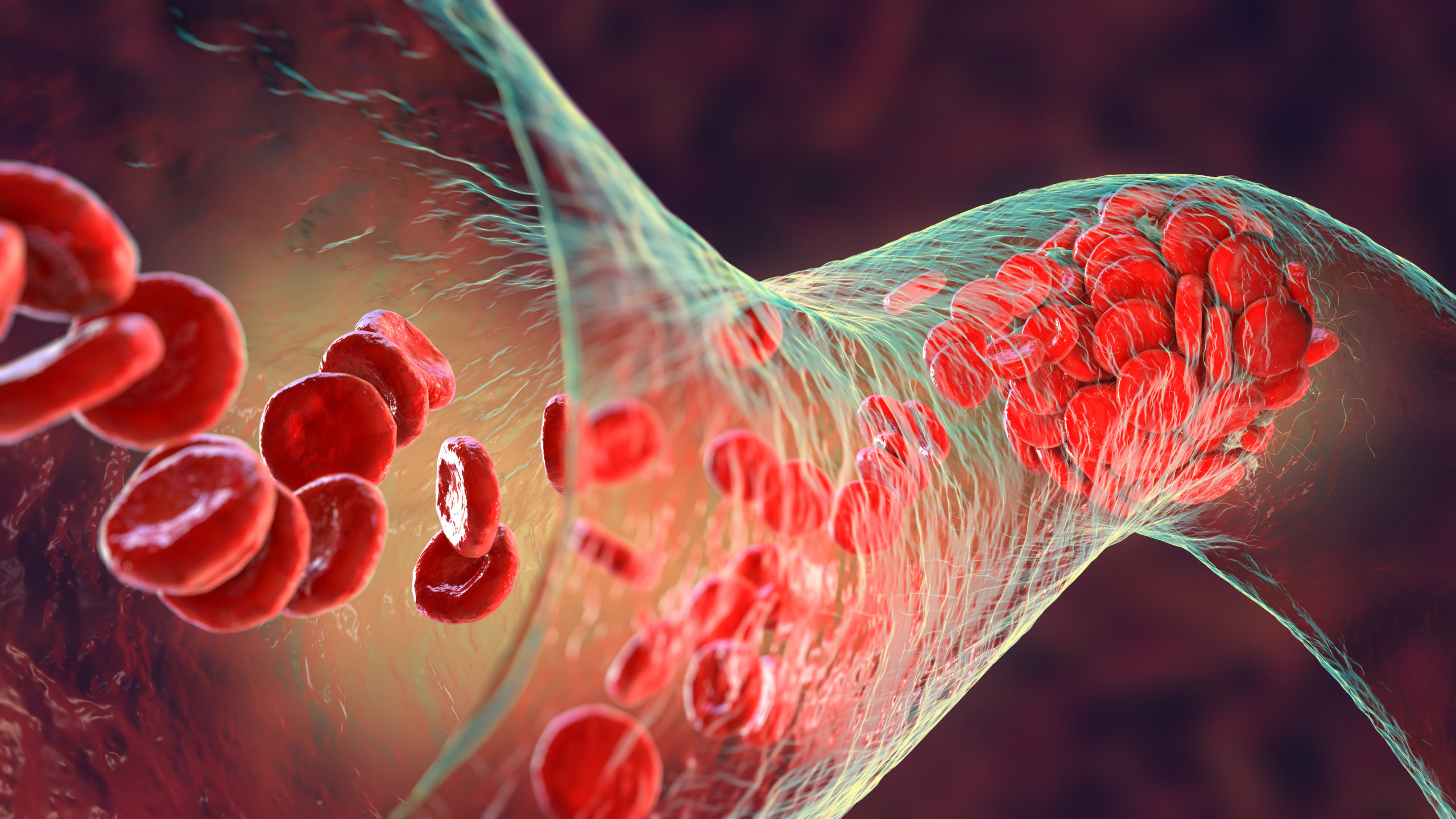
Compared with standard graft-vs-host disease (GVHD) prophylaxis, adding ruxolitinib before, during, and after hematopoietic stem cell transplant (HSCT) reduced the incidence of GVHD among patients with myelofibrosis (MF), according to a phase 2, single-center study presented at the 2025 Tandem Transplantation & Cellular Therapy Meetings of ASTCT and CIBMTR.
The study included 25 patients (median age, 66 years) treated at the Fred Hutchinson Cancer Center in Seattle, Washington. Patients had a score of at least Intermediate-1 risk for disease according to the Dynamic International Prognostic Staging System (DIPSS), had not received prior HSCT, and had not experienced progression to acute myeloid leukemia. Most (60%) patients had primary MF, 68% had JAK2 sequence variations, and 54% had 1 or more high molecular risk sequence variations. The primary end point was grade II-IV acute GVHD.
Patients received at least 8 weeks of ruxolitinib before conditioning chemotherapy, which consisted of cyclophosphamide, 120 mg/kg; targeted 4-day busulfan or fludarabine, 150 mg/m2; and melphalan, 140 mg/m2. The ruxolitinib dose was then reduced to 5 mg 4 days before HSCT and, if tolerated, was increased to up to 10 mg twice daily 28 days after HSCT.
GVHD prophylaxis consisted of tacrolimus (target level, 5-10 ng/mL) and methotrexate, 10 mg/m2, on days 1, 3, 6, and 11. Ruxolitinib dose reduction occurred from 1 month after tacrolimus completion to months 9 to 12.
Ruxolitinib was administered for a median of 6 months before conditioning, continuing for a median of 12 months after HSCT. Most patients (96%) had engraftment at a median of 20 days, and one had engraftment on day 43. Nine (36%) patients had acute GVHD grade II-IV, and 2 (8%) had grades III-IV acute GVHD. Two of the 9 GVHD cases resulted from stopping ruxolitinib for at least 1 week before day 100 in 3 patients.
Twelve percent of patients developed chronic GVHD in 1 year, and 8% developed de novo chronic GVHD after 1 year of ruxolitinib treatment. The 1-year overall survival was 100% and the 2-year overall survival was 87% according to Kaplan-Meier estimates.
Reference
Salit RB, Ng K, Ratsamee N, et al. Phase II single center prospective study of ruxolitinib in addition to standard graft versus host disease prophylaxis in patients with myelofibrosis demonstrates encouraging outcomes. Presented at: 2025 Tandem Transplantation & Cellular Therapy Meetings of ASTCT and CIBMTR; February 12-15, 2025; Honolulu, Hawai’i.







 © 2025 Mashup Media, LLC, a Formedics Property. All Rights Reserved.
© 2025 Mashup Media, LLC, a Formedics Property. All Rights Reserved.